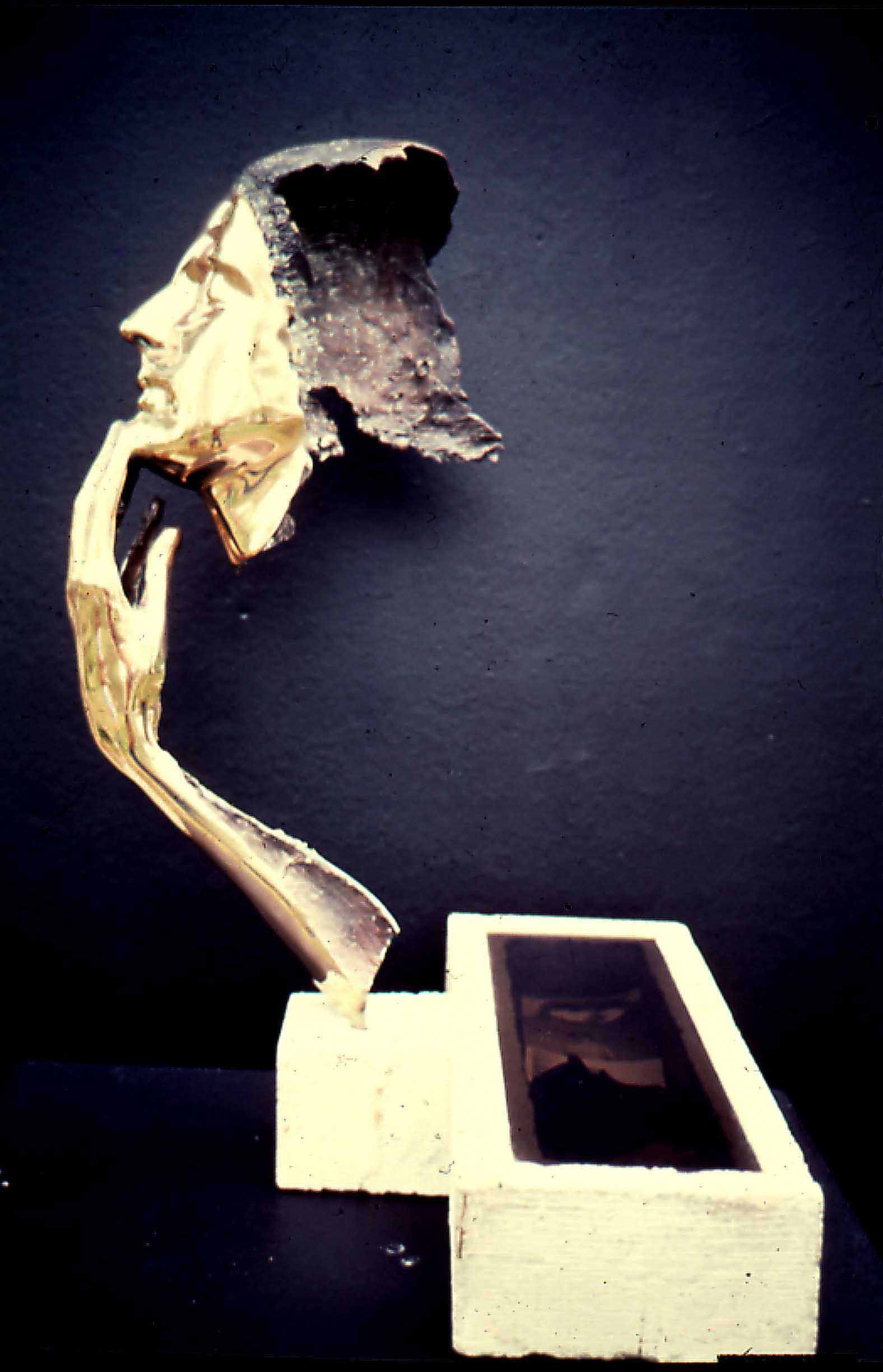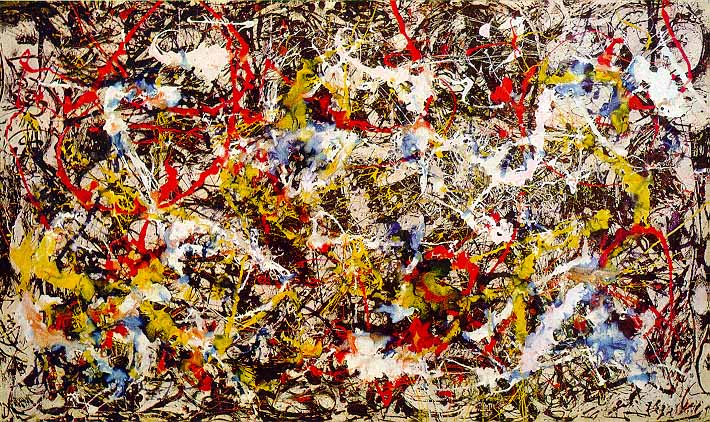| VIII | |
|
Between
the Natural
Emery: Mabel
We need to acknowledge the visuality of cognition in our writing--to write with our eyes open, as it were, so that we can move beyond the cliches of rhet-centric thinking toward a more trans-disciplinary, wholistic, postmodern vision. Cue
Sound Eight.
Because these cliches are no
more informative (though no less entertaining) than the cliches of a Tom
Waits song. And while it's true as Waits and even Baudrillard have it,
that "we're all just perfect strangers," if that's all we know, then we're
trapped in the ennui of the noir mid-20th century.
Sound
Eight:
|
(Ok,
last page, people. ;-)
Just as scientific formulas may be elegant and beautiful, artistic creations may be informed by science or technology. The artist and the scientist both act at the crossroads of the natural and the constructed. Art doesn't wish to be read; Visual Eleven it wants to be seen. It wants to be apprehended iconically, as a whole or as a performance. Or an interaction? One could argue that multivocal/multivisual "constructed" writing offers far more access to inescapable writerly "fascisms." Ultimately, it acknowledges and serves the reader more than the tropes of typical exposition do. Though they do not gravitate toward obvious stances--for example when deferring conclusion--they do invite readerly analysis in terms of customary rhetorical interests--reason, ethics, politics, etc. In novel manipulations of form, they draw attention to the constructedness of the writer and writerly processes. They expose the writer as a character, as peopled with subjectivities, as voiced. This in turn sets up a range of possibilities for action by the reader that is broader and more open than the range offered by conventional academic expository prose. It confounds the sober conventions of prose, however, because it thwarts conventional narrative desire, a desire that seduces academic readers especially--constructed as they've been by conventional, linear texts. They like E.D. Hirsh in spite of themselves. Cue Visual Twelve. New writing (digital essay,
cubist textuality, "constructed" writing) asks us to broaden ourselves
beyond rhet-centrism.
Visual Twelve: Form, Form/ality, Per/form/ance
|
| It
only takes one
to know one, Stranger. Aw, I guess you don't
look like such a chump.
|

